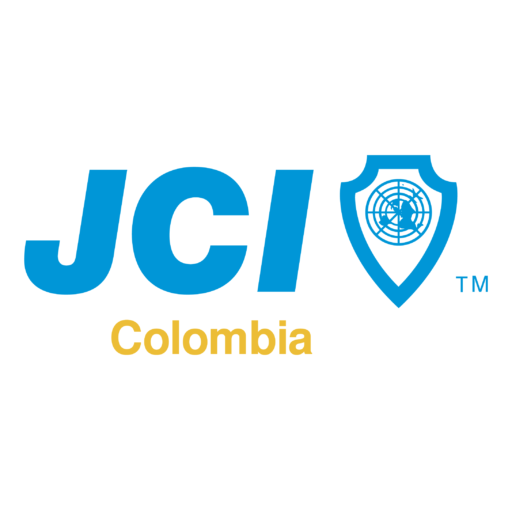The specific identification method in inventory valuation is a technique used to track and value each unique or easily identifiable inventory item individually. This method is particularly useful for items that are distinct, such as customized products or high-value goods like yachts. By identifying the exact cost of each unit sold, companies can accurately calculate the cost of goods sold (COGS) and remaining inventory. This method ensures precise financial reporting and helps in understanding gross profit by directly linking revenue to specific inventory costs. The specific identification method allows companies to accurately value unique or easily identifiable inventory items.
Setting Up Your Inventory System
A company that might use the specific identification method would be a business that sells fine watches or an art gallery. These requirements can be followed with a simple accounting system, such a spreadsheet. The specific identification accounting method is best used for small business with low unit volumes.
- The specific identification method directly impacts tax and financial reporting by providing precise cost allocation that influences taxable income and reported earnings.
- Utilize technology to streamline the implementation and management of the Specific Identification Method.
- Loop-mediated isothermal amplification (LAMP) is a sensitive and rapid nucleic acid detection technology amenable for use in austere environments.
- As shown in the first area of Table 1, (from the first row to the third row), TransReID has shown a better performance.
- Technologies such as RFID and QR codes often facilitate real-time updates to inventory records, ensuring accuracy in financial and tax reporting.
- Factors such as viewpoint variations, inconsistent lighting conditions, substantial occlusions, and differences in individual postures complicate the task significantly.
- Here, we optimized assay turn-around-time, decreasing a standard 60 min traditional polymerase chain reaction (PCR) to 30 min using LAMP with positive results in as little as 5–10 min.
2.1 Supervised transfer learning of person ReID
With support from the best essay writing service, students can receive clear, structured guidance on accounting principles, making it easier to understand and apply these detailed methods. 3, TransReID-SSL has a notable decline in accuracy when the supervised sample ratio drops below \(60\%\). In contrast, our proposed self-supervised method demonstrates a robust mAP across both datasets.
Identifying Potential Issues With the Specific Identification Method
- By following the steps outlined in this tutorial, businesses can successfully implement and benefit from the Specific Identification Method.
- This helps identify any discrepancies and ensures that your financial reporting remains accurate.
- In contrast to other PCR-based detection assays, LAMP utilizes a set of four primers to generate the required “loop” for amplification.
- Each car is assigned a unique identifier, and the purchase cost, date of acquisition, and other relevant details are recorded.
- The ending inventory is calculated by adding up the same at the end of the accounting period.
- The method provides an alternative to real-time PCR which can be limited in testing locations and mobility due to equipment requirements.
Regular audits verify the integrity of inventory data, ensuring adherence to standards like IFRS. In order to verify the performance of the self-supervised backbone for ReID task, sufficient experiments have carried out in this paper. Firstly, we compare the results of state-of-the-art supervised ReID and contractive learning-based ReID model in our experiment. The process of self-distillation in this paper follows the method in DINO 43. General backpropagation is applied in the optimization of student network, while the weight of the teacher network T is updated by Exponential Moving Average (EMA) of student network S. ReID-oriented prior Among recent studies of person ReID, a significant challenge persists in feature matching, particularly under inadequate imaging conditions or within densely populated environments.
Practical Execution of the Specific Identification Method in Business Studies
We also list the performance of unsupervised methods like MMCL 51 and IICS 52. At the same time, we also verified the unsupervised transfer learning performance of TransReID-SSL 3 with C-Contrast 49 and PASS 45. Recently, in the rapidly evolving field of artificial intelligence and computer vision, the intersection of deep visual representations and person-centric intelligent applications has become increasingly prominent. Within this domain, the task of person re-identification (person ReID) has emerged as a pivotal research challenge, which aims identifying individuals across varying camera perspectives. Such identification-based applications are of paramount importance in advanced surveillance systems and the expanding urban landscapes. Despite the remarkable progress achieved by deep neural networks in a variety of visual tasks, addressing the complexities of Person ReID remains an endeavor of practical challenges.
This method requires tracking the cost of each unit sold, such as a customized yacht, ensuring precise cost of goods sold (COGS) calculations. For example, if yacht B valued at $500,000 is sold for $800,000, the journal entries reflect cash and accounts receivable, while the remaining inventory is valued at $950,000. This method enhances gross profit understanding by directly linking revenue to specific inventory costs. Also, the results of partial supervised learning and unsupervised learning indicate that the model have already learnt a general person embeddings by LUPerson, which could be transfer to other ReID dataset by limited supervision. By reasonably providing learning samples, the self-supervised model proposed in this paper greatly improves the accuracy and efficiency in real-world deployment. Businesses that deal with unique, high-value, or easily identifiable items benefit most from using the specific identification method.
Cost Allocation Steps
Retailers who sell luxury goods usually a specific serial number or batch number or any other unique identifier and so they benefit from this method of inventory tracking. It is an alternative to the commonly used inventory valuation method such as FIFO (First in, first out), LIFO (Last in, first out) or Weighted Average method. Following the ReID-oriented Prior, the student network aims to restore the specific identification method masked and low-quality tokens \((m_L, n_L), (m_R, n_R)\) in feature domain. For teacher network, the original views of person slices \((m_O, n_O)\) are utilized that contains overall person semantics.
